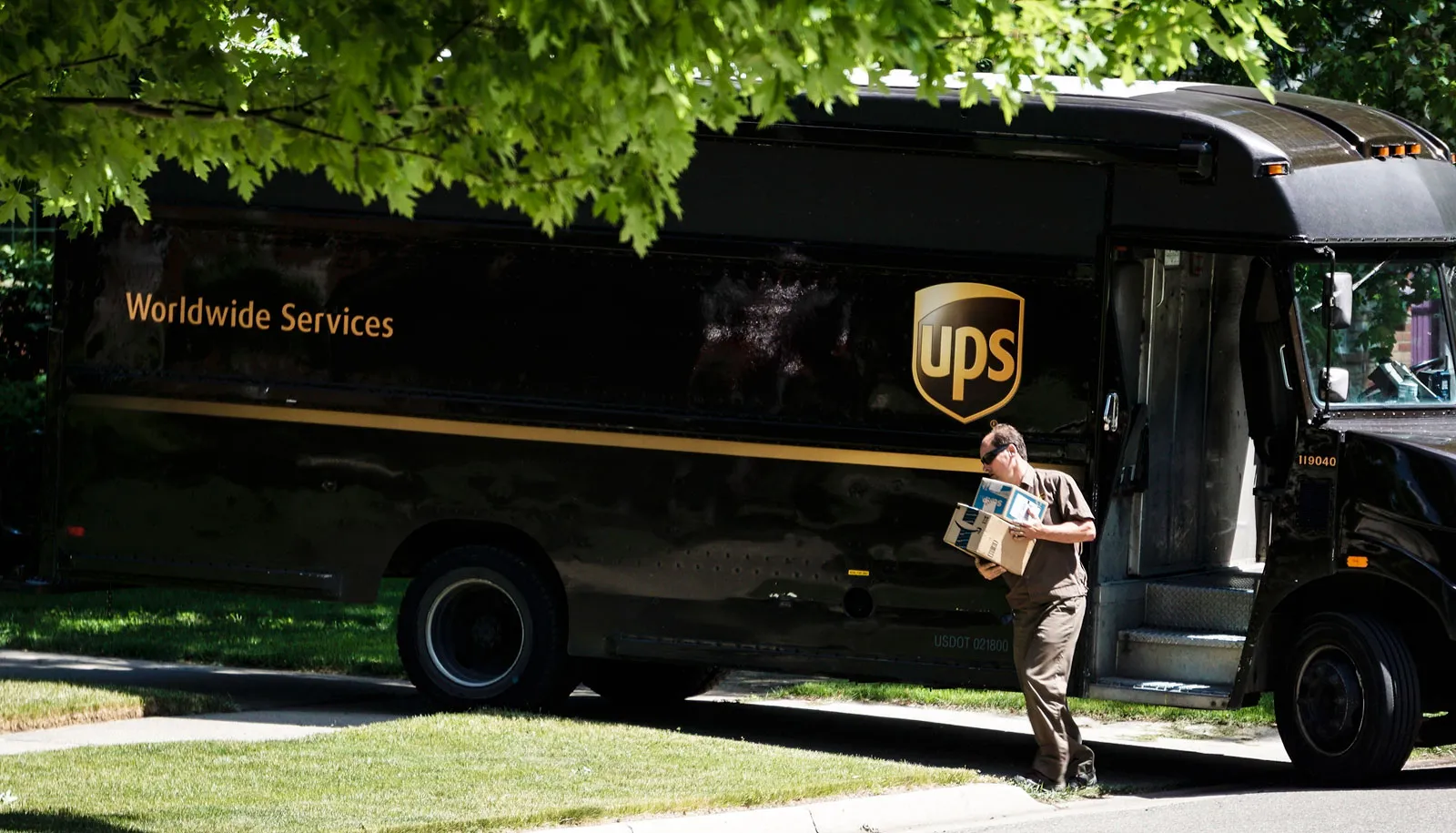United Parcel Service (UPS) is currently in damage control mode after announcing a significant reduction in its business with Amazon, the company’s largest customer. This strategic shift has sent shockwaves through the stock market, causing UPS’s shares to plunge.
UPS Cuts Business with Amazon by More Than 50%
In a surprise announcement during its latest earnings call, UPS revealed plans to cut its business with Amazon by more than 50%. This marks a dramatic shift in strategy as UPS aims to move away from lower-margin partnerships and focus on more profitable ventures. The decision comes at a time when UPS has been facing declining demand for its parcel services and the ongoing loss of its biggest client.
Stock Reaction Following the news, UPS stock took a major hit, dropping 7% in early trading. This loss comes after a disappointing financial outlook for 2025, with weaker-than-expected revenue results that have left investors on edge. The company also projected annual revenue of $89 billion for 2025, below analyst expectations of $94.9 billion, and announced that its 2024 revenue was $91.1 billion.
Key Earnings Highlights
- Q4 Net Income: $590 million
- Revenue: $13.66 billion (missing estimates of $13.39 billion)
- Stock Reaction: Down 7% in premarket trading
- Amazon Business Cut: 50%+ reduction
Why Did UPS Decide to Cut Amazon Business?
Amazon has been UPS’s largest client for years, but the relationship has become increasingly complex. Amazon has been ramping up its own delivery network, which has forced UPS to reconsider its role in handling Amazon’s growing volume at low margins. UPS CEO Carol Tomé explained that the company is making strategic adjustments to focus on the most profitable parts of its business, aligning with its long-term growth goals.
Tomé stated, “While Amazon has been a valued partner, we believe this decision aligns with our long-term growth strategy.”
Impact on UPS’s Stock and Future Growth
The news has raised concerns among investors, with some fearing the long-term impact of losing Amazon as a key customer. Analysts are divided on the move—while some believe it’s a smart strategy for improving margins and profitability, others warn that the loss of Amazon could hurt overall revenue, making it harder for UPS to sustain growth.
UPS’s competitors, such as FedEx and regional carriers, may benefit as Amazon shifts more of its deliveries to them, potentially gaining a larger share of the market.
What Analysts Are Saying Some analysts view UPS’s move as a positive long-term decision, as the company works to grow in the best parts of the market. Daniel Imbro, an analyst at Stephens Inc., remarked, “This does fit with their strategy of better, not bigger,” but also noted that it may present challenges to earnings given the lack of underlying revenue growth.
UPS’s Efforts to Cut Costs Amidst Declining Package Volumes
UPS has been facing a decline in package volumes following the pandemic’s peak, with many companies and consumers relying less on parcel shipments. In response, UPS has been focusing on cost-cutting measures to offset declining revenues, including shutting down 11 facilities and refurbishing others to implement automation. These efforts are aimed at saving labor costs in the future, which may help improve profitability in the long term.
Investor Takeaway: Should You Sell or Hold?
For UPS investors, the decision to buy, hold, or sell shares depends on one’s perspective:
- Short-Term Traders: Those seeking quick profits may find opportunities in UPS’s current volatility, but they should be prepared for more downside risk.
- Long-Term Investors: If you believe in UPS’s strategy to focus on profitability, holding onto shares could prove to be rewarding over time.
- Risk-Averse Investors: For those concerned about losing Amazon as a major customer, reallocating investments to a different logistics stock might be the safer choice.
UPS’s decision to cut business with Amazon marks a pivotal shift in its strategy. While the move may lead to long-term profitability, the immediate impact on UPS’s stock and overall business is significant, with analysts divided on its future implications.
ALSO READ: Why UPI Transactions Will Not Work From February 1, 2025?






















